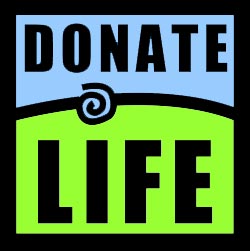On Sunday, I read and interesting article on CNN.com that really got me thinking. The article was called Three Innovations that Changed America. The three innovations the article discussed were the creation of the interstate highway system, the spread of television across the nation, and the introduction and wide-usage of the Internet across America.
The article asked readers to think about which innovation they thought changed things the most. At first I certain that the Internet changed things in America the most. However, as I continued to read this article, I realized that all three of these inventions drastically changed America in very very different ways.
The interstate highway program allowed anyone to travel anywhere. People no longer
had to stay cooped up locally. It gave people a new feeling, a feeling of freedom. In addition, it allowed the spread of goods and services across state lines.
The spread of television across the nation connected the nation. It allowed everyone in the country to be informed about events occurring through sounds AND pictures. Similarly to the interstate highway system, the spread of television allowed people to feel connected and not isolated in their towns or cities.
Finally, the spread of the Internet also allowed for a freedom. The Internet allowed
people the freedom to read and find out about anything they wanted. People could read articles, watch videoclips, or talk to people all across the nation. The possibilities with the Internet are endless.
All three of the innovations gave people a freedom they never had before. All three innovations connected people to one another. People can stay local if they wish, but they no longer have to.
After reading the article, I think all three innovations equally changed America. I wonder, in five or ten years, if I am going to see an article asking which social networking website has changed America the most!










